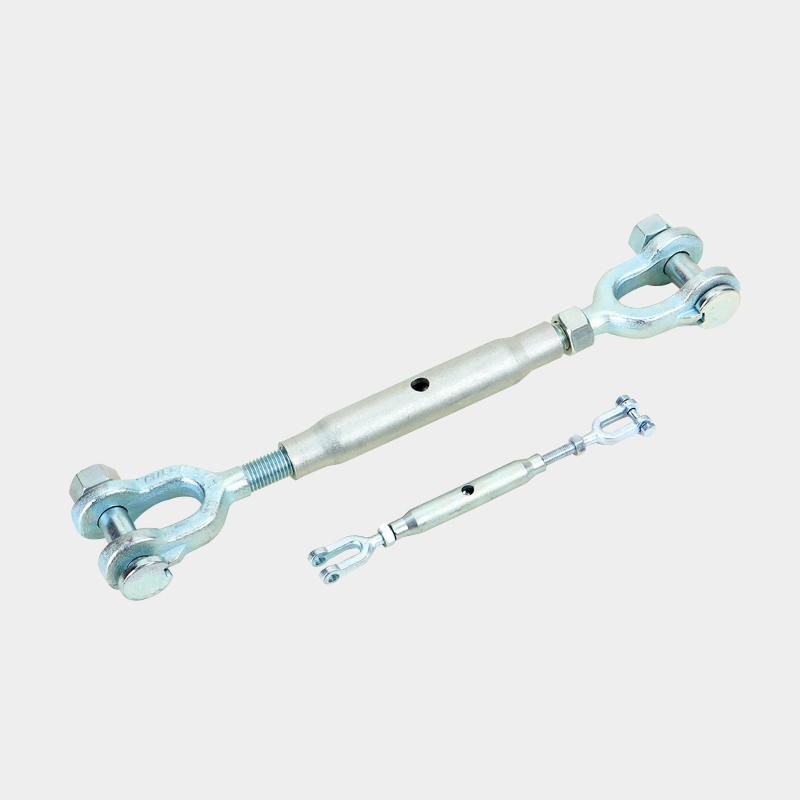Call Us
+86-13486669457Conduct a thorough visual examination of the turnbuckle jaw ends to identify any signs of deformation. Deformations such as bending, twisting, or misalignment can indicate that the turnbuckle has been subjected to excessive load or stress. These distortions compromise the alignment and mechanical efficiency of the assembly. Even minor deformations should not be ignored, as they can exacerbate over time, potentially leading to turnbuckle failure. A precise visual inspection should be part of routine maintenance to identify and address these issues before they progress.
Cracks or fractures, particularly around the clevis pin holes or the threaded areas, can be early indicators of material fatigue. These cracks may not always be visible to the naked eye, so it is advisable to use magnification tools or non-destructive testing methods, such as dye penetrant or magnetic particle inspection, to detect sub-surface cracks. Fatigue cracks can propagate quickly, especially under cyclic loading, and lead to sudden failure if not addressed in a timely manner. Inspect both the jaw and threaded portions meticulously for any discontinuities.
Corrosion is one of the most common causes of mechanical failure, particularly in outdoor or marine environments. Rust, pitting, or surface degradation weakens the material and reduces the load-bearing capacity of the turnbuckle jaw ends. Regularly inspect the surface for any corrosion-related damage, and take immediate corrective actions, such as cleaning or applying corrosion-resistant coatings, if signs of rust are observed. In highly corrosive environments, stainless steel or galvanized materials should be used, and their condition should be monitored more frequently.
The clevis pins or bolts that secure the jaw ends to the connected components are critical points of load transfer. These components should be inspected for wear, elongation, or loosening. If the pin hole has elongated or if the clevis pin exhibits signs of wear such as uneven surfaces or grooves, the connection will no longer be secure, which increases the likelihood of system failure. Replace any worn or damaged pins and bolts immediately to maintain the integrity of the connection and ensure load distribution remains consistent.
Metal discoloration, such as a bluish, yellow, or rainbow-like tint, is a sign that the material may have been exposed to excessive heat. High temperatures can alter the physical properties of metals, reducing their strength and causing brittleness or warping. Discoloration can occur from friction, improper installation, or exposure to high-temperature environments, compromising the structural integrity of the jaw ends. Any evidence of such discoloration warrants a more detailed inspection, and the affected components should be replaced if heat damage is confirmed.
Over time, repeated tensioning and loading cycles can cause the metal in the turnbuckle jaw ends to elongate. Elongation of the metal is a sign that the material is yielding under stress and has lost its original structural integrity. This can reduce the turnbuckle’s ability to maintain proper tension and may lead to slippage or breakage under load. Using calipers or other precise measurement tools, check the jaw ends against their original dimensions. Any detectable elongation is a clear indication that the component has been compromised and should be replaced immediately.
Turnbuckle DIN 1478 Jaw&Jaw Assembly


 中文简体
中文简体
 English
English









